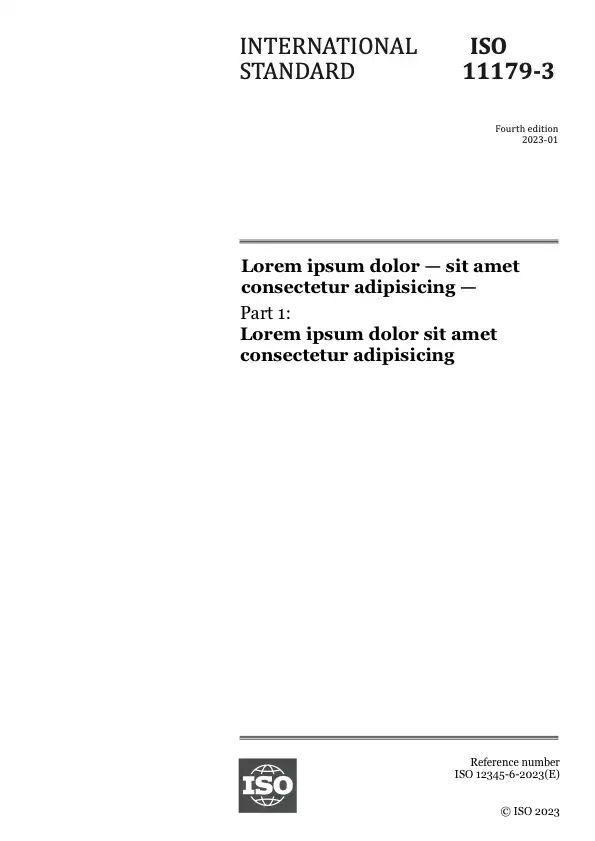Тезис
ISO 13299:2016 gives guidelines for the overall process for establishing a sensory profile. Sensory profiles can be established for all products or samples which can be evaluated by the senses of sight, odour, taste, touch, or hearing (e.g. food, beverage, tobacco product, cosmetic, textile, paper, packaging, sample of air or water). This International Standard can also be useful in studies of human cognition and behaviour.
Some applications of sensory profiling are as follows:
- to develop or change a product;
- to define a product, production standard, or trading standard in terms of its sensory attributes;
- to define a reference "fresh" product for shelf-life testing;
- to study and improve shelf-life of a product;
- to compare a product with a reference product or with other similar products on the market or under development;
- to map a product's perceived attributes for the purpose of relating them to factors such as instrumental, chemical or physical properties, and/or to consumer acceptability;
- to characterize by type and intensity the off-odours or off-tastes in a sample (e.g. in pollution studies).
Preview
Общая информация
-
Текущий статус: ОпубликованоДата публикации: 2016-03Этап: Рассылка краткого отчета о пересмотре [90.60]
-
Версия: 2
-
Технический комитет :ISO/TC 34/SC 12ICS :67.240
- RSS обновления
Жизненный цикл
-
Ранее
ОтозваноISO 13299:2003
-
Сейчас
ОпубликованоISO 13299:2016
Стандарт, который пересматривается каждые 5 лет
Этап: 90.60 (Hа стадии пересмотра)-
00
Предварительная стадия
-
10
Стадия, связанная с внесением предложения
-
20
Подготовительная стадия
-
30
Стадия, связанная с подготовкой проекта комитета
-
40
Стадия, связанная с рассмотрением проекта международного стандарта
-
50
Стадия, на которой осуществляется принятие стандарта
-
60
Стадия, на которой осуществляется публикация
-
90
Стадия пересмотра
-
95
Стадия, на которой осуществляется отмена стандарта
-
00
Появились вопросы?
Ознакомьтесь с FAQ
Часы работы:
Понедельник – пятница: 09:00-12:00, 14:00-17:00 (UTC+1)
